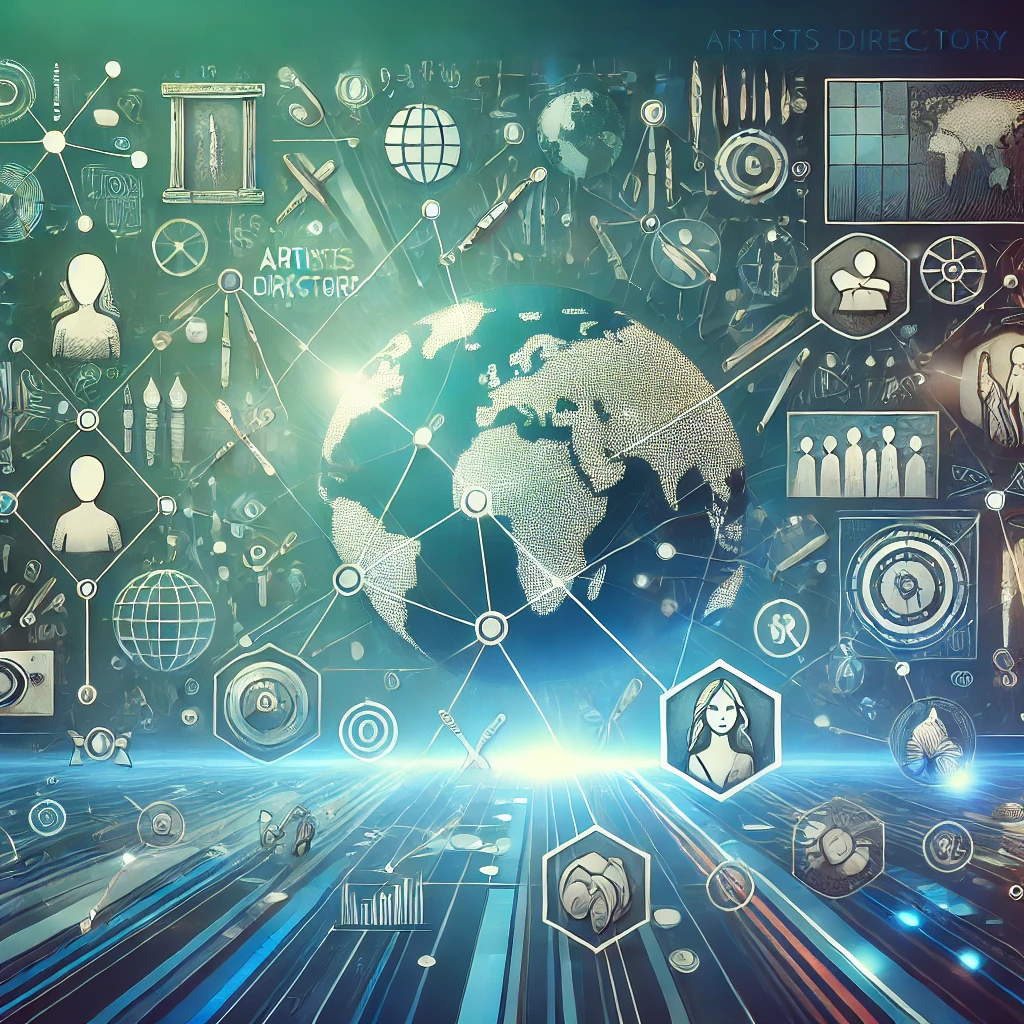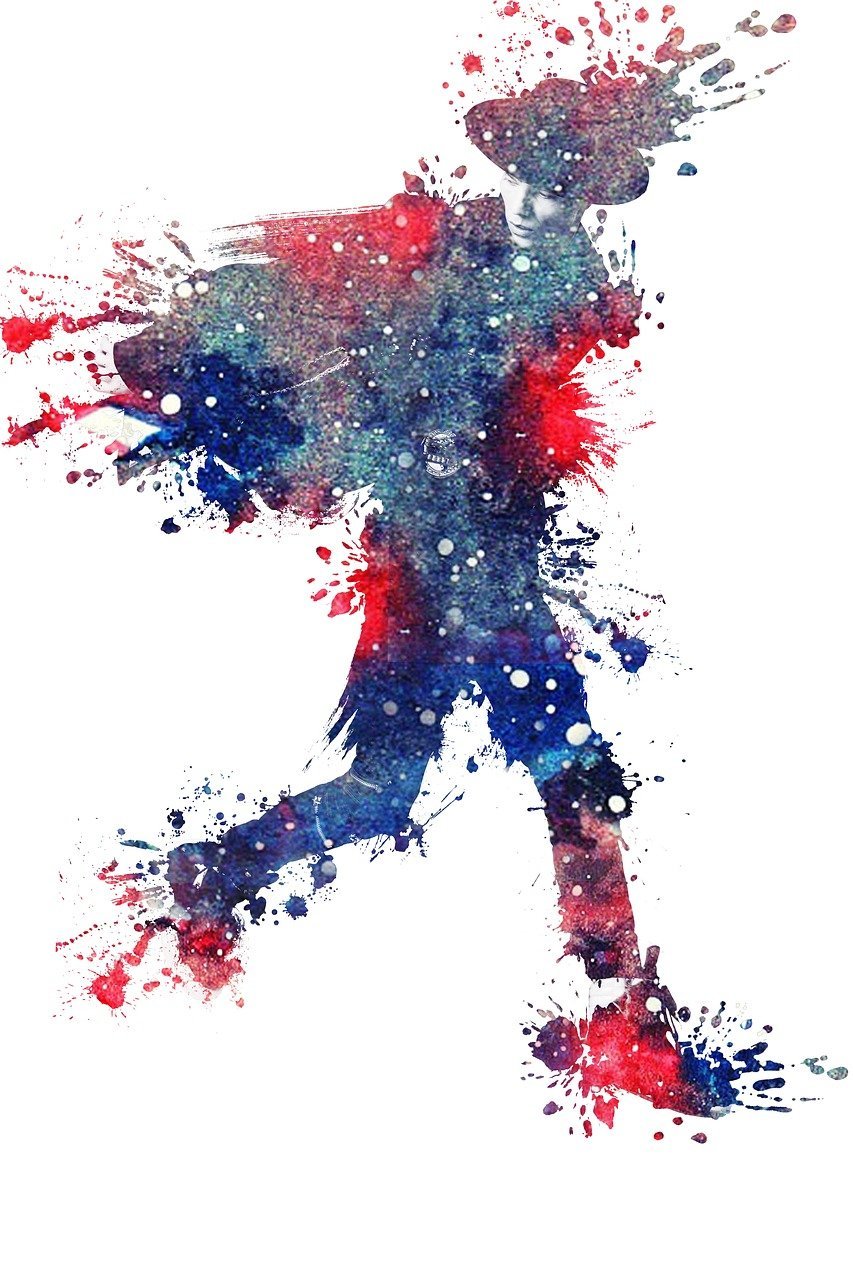The concept of anonymity in digital spaces has reshaped how we engage with art, branding, and even identity itself. One movement that embodies this shift is BL_Faceless, where creators choose to remain anonymous, focusing on their work rather than their personal identities. As this movement grows, it challenges traditional ideas about artistic authorship, identity, and privacy, empowering individuals to express themselves more freely. In this article, we’ll explore the origins of BL_Faceless, its impact on various mediums, and the future of anonymity in the digital age.
Origins and Evolution of Anonymity in Digital Spaces
Anonymity in digital spaces isn’t new. It began with the early days of the internet, when users often hid behind usernames and avatars, allowing them to explore online communities without fear of judgment. The rise of social media gradually shifted this norm, encouraging people to create personal brands based on their real names and identities. However, the BL_Faceless movement is a response to this growing transparency.
BL_Faceless originated as a way for artists and creators to reclaim their privacy while continuing to share their work with the world. This anonymity offers protection from personal bias, focusing the audience’s attention solely on the content. As data breaches and identity theft become more common, many creators and businesses see the value in remaining faceless online.
What is BL_Faceless? (Basic Definition and Context)
BL_Faceless refers to the growing trend of artists, influencers, and brands opting to stay anonymous online. It’s not about hiding from the world but about shifting the focus from personal identity to the work itself. For creators, it’s liberating. They can explore controversial or sensitive topics without worrying about personal backlash. This movement embraces technologies like encryption and anonymization to protect identities and ensure privacy in an increasingly transparent world.
Creators who embrace BL_Faceless can express themselves more freely. Without being tied to their real-world identities, they can delve into areas that might be too risky or personal if connected to their names. This freedom opens up new possibilities for creativity and innovation.
BL_Faceless in Different Artistic Mediums
While BL_Faceless is most commonly associated with visual art, its impact spans multiple creative mediums. Musicians, writers, and even filmmakers have adopted facelessness as part of their creative process. By removing their identities from their work, they invite audiences to interpret the art without any preconceived notions about the creator.
In visual art, anonymity allows artists to break free from the need for self-promotion, letting their work speak for itself. Musicians, too, have used anonymity to subvert expectations and experiment with new sounds without being tied to a previous reputation. Writers, under pseudonyms, explore more controversial themes that they might avoid under their real names.
The BL_Faceless movement has blurred the boundaries between art and artist, creating a more immersive experience for the audience. It enables the art to stand on its own, encouraging a deeper connection with the work rather than the person behind it.
Psychological Impact of Anonymity on Artists
Remaining anonymous in the digital world can have profound psychological effects on creators. On the positive side, it removes the pressure of public scrutiny. Faceless creators don’t have to worry about personal criticism or judgment based on their appearance or identity. This can boost their confidence and allow them to take more creative risks.
However, anonymity also comes with challenges. Without the recognition that often accompanies creative work, some artists may feel disconnected from their audience or undervalued. This lack of personal validation can be isolating, but many faceless creators find comfort in knowing their art is being appreciated for its own merit.
The BL_Faceless movement encourages artists to focus solely on their craft, which can lead to more innovative and thought-provoking work. By removing the ego from the equation, artists are free to explore their true creative potential.
Legal and Ethical Implications of Anonymity
Anonymity, while empowering, also raises legal and ethical questions. In the BL_Faceless movement, intellectual property rights can become complicated. Who owns the work if the creator’s identity is hidden? How can faceless artists protect their creations from plagiarism or unauthorized use?
These challenges are especially significant in an age where digital art and content are easily shared and copied. Blockchain technology, particularly in the form of Non-Fungible Tokens (NFTs), offers a potential solution by providing proof of ownership without revealing the creator’s identity. However, balancing the need for privacy with the need for accountability remains an ongoing concern.
From an ethical standpoint, faceless creators are often seen as less accountable. Without a known identity, it can be harder to hold them responsible for harmful or controversial content. This raises questions about how faceless creators navigate the fine line between creative freedom and ethical responsibility.
Case Studies of Successful Faceless Creators
Several creators have successfully embraced anonymity, becoming leaders in the BL_Faceless movement. One example is the Neo-Anonymous Movement, a collective of faceless artists who explore universal themes like human emotions and societal issues. By focusing entirely on their art, they’ve gained recognition without ever revealing their identities.
Another well-known faceless creator is the digital artist known only by an alias, who has garnered a massive following for their work in NFTs. This artist’s refusal to reveal their true identity hasn’t hindered their success. In fact, it’s added to their mystique, drawing in fans intrigued by both the art and the mystery behind it.
These examples show that anonymity doesn’t have to be a barrier to success. In many cases, it enhances the creator’s appeal, attracting audiences who appreciate the focus on content rather than the creator’s personal brand.
Future of Anonymity in a Hyperconnected World
As concerns over privacy and data security continue to grow, the demand for anonymity is likely to increase. BL_Faceless is part of a broader trend towards privacy-conscious digital engagement. In the future, we can expect more creators, influencers, and even businesses to adopt faceless branding.
Technologies like artificial intelligence and blockchain will play a key role in supporting anonymity. AI can help faceless creators generate content without revealing their identities, while blockchain provides a secure way to prove ownership of digital assets. These tools will ensure that faceless creators can continue to thrive in the digital age.
Moreover, the BL_Faceless movement will likely inspire new forms of artistic expression, pushing the boundaries of what it means to be a creator in the modern world.
Faceless Branding for Businesses: Pros and Cons
Faceless branding isn’t just for individual creators. Businesses, too, are exploring the benefits of anonymity. By focusing on products or services rather than personal identities, companies can appeal to privacy-conscious consumers.
Benefits of Faceless Branding
One of the main benefits of faceless branding is that it removes personal biases. Customers are more likely to engage with the product itself rather than be influenced by the person representing it. This can help businesses reach a wider audience, particularly in today’s world, where consumers are wary of overexposure and personal data misuse.
Challenges of Faceless Branding
However, faceless branding also has its drawbacks. Without a clear spokesperson or identifiable figure, businesses may struggle to build trust with their audience. In industries where personal connection drives consumer loyalty, anonymity can be a disadvantage.
Conclusion: The Enduring Appeal of BL_Faceless
The BL_Faceless movement is more than just a trend; it’s a reflection of the growing demand for privacy and creative freedom in the digital age. By allowing creators to remain anonymous, BL_Faceless shifts the focus back to the art itself, encouraging deeper engagement and more authentic expression.
Whether in digital art, music, writing, or business, the benefits of facelessness are clear. Anonymity removes the pressure of personal identity, freeing creators to explore new ideas and challenge societal norms. As technology continues to evolve, we can expect the BL_Faceless movement to grow, offering even more opportunities for faceless creators to make their mark on the world.
FAQ
- What is BL_Faceless?
- It’s a movement where creators remain anonymous, focusing on their work instead of their identity.
- Why do creators choose to remain faceless?
- Anonymity allows them to express themselves freely and explore controversial topics without personal backlash.
- What are the benefits of anonymity in art?
- Greater creative freedom, privacy, and the ability to express themselves without the pressures of public recognition.
- What challenges do faceless creators face?
- Intellectual property issues and building trust with the audience are common challenges.
- How does technology support faceless creators?
- Technologies like AI and blockchain help faceless creators protect their work and maintain their anonymity.



